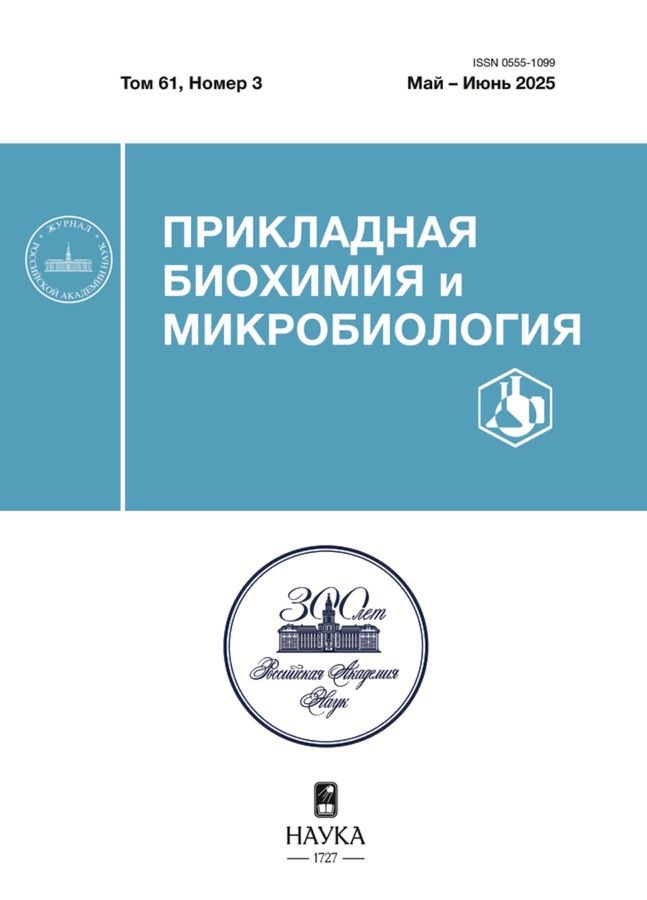Оптимизация параметров биобаллистической трансформации Nicotiana tabacum
- Авторы: Давлекамова А.А.1, Зубрицкий А.В.1, Тимофеева Т.А.1, Яковлева И.В.1, Камионская А.М.1
-
Учреждения:
- Институт биоинженерии им. К.Г. Скрябина, Федеральный исследовательский центр “Фундаментальные основы биотехнологии” Российской академии наук
- Выпуск: Том 59, № 3 (2023)
- Страницы: 289-294
- Раздел: Статьи
- URL: https://cardiosomatics.ru/0555-1099/article/view/674623
- DOI: https://doi.org/10.31857/S0555109923030054
- EDN: https://elibrary.ru/AZNGOK
- ID: 674623
Цитировать
Полный текст
Аннотация
Биобаллистическая трансформация – один из рабочих методов доставки нуклеиновых кислот в растительные клетки. В статье был проведен подбор параметров для работы с генной пушкой “PDS-1000/He Hepta System”. В качестве объекта исследований использовали модельное растение Nicotiana tabacum. Маркерным геном служил ген GFP (Green Fluorescent Protein). Были определены оптимальные параметры для трансформации клеток листьев N. tabacum: давление разрыва мембраны 1350 psi; размер частиц вольфрама 1.3 мкм; метод очистки плазмидной ДНК – переосаждение этанолом. Полученные результаты будут полезны для разработки протоколов биобаллистической трансформации растительных клеток, включая применение для редактирования генома сельскохозяйственных растений.
Ключевые слова
Об авторах
А. А. Давлекамова
Институт биоинженерии им. К.Г. Скрябина, Федеральный исследовательский центр“Фундаментальные основы биотехнологии” Российской академии наук
Email: timofeeva.bio@gmail.com
Россия, 117312, Москва
А. В. Зубрицкий
Институт биоинженерии им. К.Г. Скрябина, Федеральный исследовательский центр“Фундаментальные основы биотехнологии” Российской академии наук
Email: timofeeva.bio@gmail.com
Россия, 117312, Москва
Т. А. Тимофеева
Институт биоинженерии им. К.Г. Скрябина, Федеральный исследовательский центр“Фундаментальные основы биотехнологии” Российской академии наук
Автор, ответственный за переписку.
Email: timofeeva.bio@gmail.com
Россия, 117312, Москва
И. В. Яковлева
Институт биоинженерии им. К.Г. Скрябина, Федеральный исследовательский центр“Фундаментальные основы биотехнологии” Российской академии наук
Email: timofeeva.bio@gmail.com
Россия, 117312, Москва
А. М. Камионская
Институт биоинженерии им. К.Г. Скрябина, Федеральный исследовательский центр“Фундаментальные основы биотехнологии” Российской академии наук
Email: timofeeva.bio@gmail.com
Россия, 117312, Москва
Список литературы
- Sanford J.C. // Trends Biotechnol. 1988. V. 6. P. 299–302. https://doi.org/10.1016/0167-7799(88)90023-6
- Hansen G., Wright M.S. // Trends Plant Sci. 1999. V. 4. P. 226–231. https://doi.org/10.1016/S1360-1385(99)01412-0
- Jain R.K., Jain S., Wang B., Wu R. // Plant Cell Rep. 1996. V. 15. № 12. P. 963–968. https://doi.org/10.1007/BF00231597
- Sparks C.A., Jones H.D. // Meth. in Mol. Biol. 2009. V. 478. P. 71–92. https://doi.org/10.1007/978-1-59745-379-0_4
- Ismagul A., Yang N., Maltseva E., Iskakova G. // Plant Biol. 2018 V. 18. P. 135–143. https://doi.org/10.1186/s12870-018-1326-1
- Zhang J., Du H., Chao M., Yin Z., Yang H., Li Y., Huang F., Yu D. // Front. Plant Sci. 2016. V. 7. P. 628.https://doi.org/10.3389/fpls.2016.00628
- Аукенов Н.Е., Масабаева М.Р., Хасанова У.У. // Наука и Здравоохранение. 2014. № 1. С. 51–53.
- Gordon-Kamm W.J., Spencer T.M., Mangano M.L., Adams T.R. // The Plant Cell. 1990. V. 2. P. 603–618. https://doi.org/10.1105/tpc.2.7.603
- Sanford J.C., Smith F.D., Russell J.A. Meth. in Enzymol. 1993. V. 217. P. 483–509. https://doi.org/10.1016/0076-6879(93)17086-K
- Chee M.J.Y., Lycett G.W., Chin C.F. // Electronic J. Biotechnol. 2018. V. 34. 51–58. https://doi.org/10.1016/j.ejbt.2018.05.005














